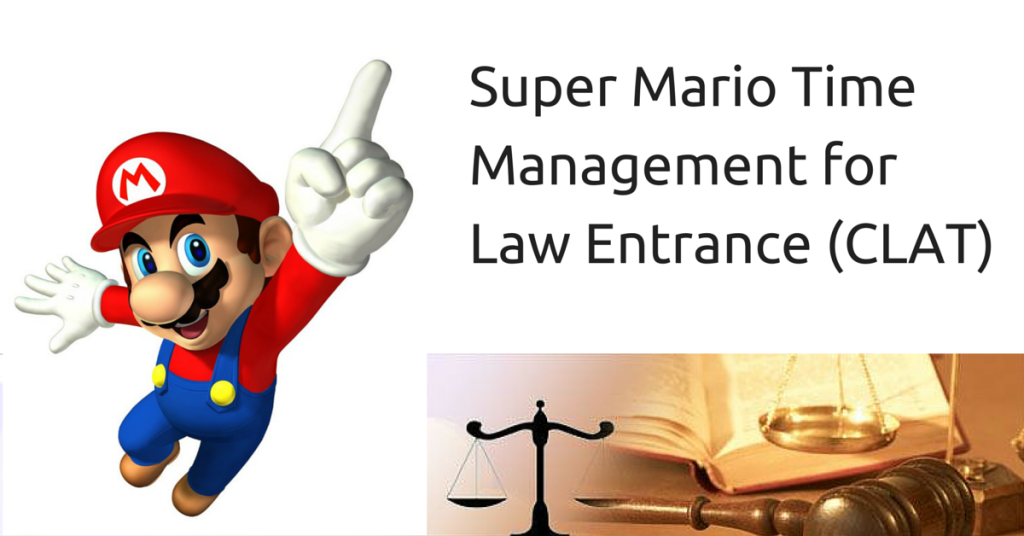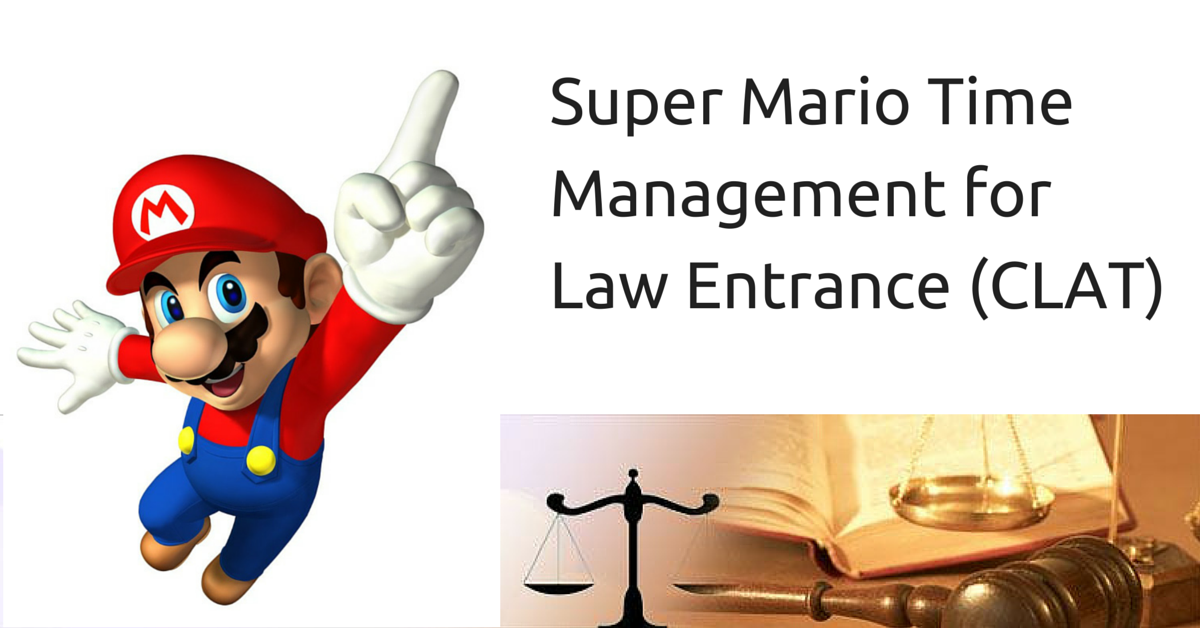 Have you ever played Mario? The game in which a short man runs around on brick walls, raids sewage systems, jumping obstacles and avoiding crabs, tortoises and fireflies as he makes his way to the castle where the princess is waiting? Well, even if you haven’t played Mario, you probably have seen some similar game.Mario can also collect coins (player gets points for that) as he proceeds through the levels. Some coins are easy to get. Other coins can not be taken because it’s just too dangerous or impossible to take those coins without killing Mario.
Have you ever played Mario? The game in which a short man runs around on brick walls, raids sewage systems, jumping obstacles and avoiding crabs, tortoises and fireflies as he makes his way to the castle where the princess is waiting? Well, even if you haven’t played Mario, you probably have seen some similar game.Mario can also collect coins (player gets points for that) as he proceeds through the levels. Some coins are easy to get. Other coins can not be taken because it’s just too dangerous or impossible to take those coins without killing Mario.
I am not writing this to introduce you to Mario the game – as is evident from the title, I want to tell you about the mental set-up that is most conducive to writing a competitive exam – specifically the law entrances. The strategy that the most successful Mario players undertake is also the best for, say, CLAT. Does that sound incredible to you?
For a moment, imagine that marks are like the points you score in Mario. Collecting coins give you points in the game. You don’t have to collect every coin on the way. In fact, trying to collect some of the coins can be dangerous and jeopardizes your chances in the game overall. But as long as one stays in the game, there will be plenty of opportunities to score as there will be other easily collectible coins.
Naturally, the games don’t focus on collecting coins so much as they do focus on staying in the game, and on avoiding pitfalls. They also try to maintain a good speed, and they can do so because they don’t try to collect every coin. You’ll see that those who try to collect every coin are very slow and doesn’t make much progress into the game, or just takes way too much time and too many chances.
Now apply this to your law entrance (well, first try it during mock tests. You can create your own mock test: just solve past years papers in a timed manner, imagining you are taking a real law entrance test). Remember no one gets 200 our of 200 in CLAT. N o one did even when half the paper was straight copied from a book that almost everyone reads. You just have to make the cut-off, which varies depending on the difficulty level of the paper. Or familiarity of questions.
Remember, law entrances are not like your school exams, not even boards. Not remotely. You need to take these tests very differently. In the end, your outlook towards test taking will matter a lot.
I advise my students (and anyone who asks) to first ensure that you know what most others do. Be prepared for what others are preparing for. That’s the basic. Like universal, like lexis nexus, R. S. Agarwal – no matter whether anything comes from these books or not. Most of these books are not the best in the market, but very popular. Even if these books are not the best, I would advise you to do them because just in case a test maker is stupid enough to lift questions from one of these books, you can not afford to lose out (imagine how many people will get those right?). So know what everyone else knows, and you are safe. Insured against examiners who can not come up with original questions, can not even find lesser known sources for questions. So doing these books or coaching classes like LST, will keep you in competition. Not ahead of competition, but in competition. That’s not bad. Once you have done this much, there are plenty of other things you can do to get ahead. On your own, with minimum preparation. There are many of these things, but the best and easiest one is developing a superb test-taking aptitude.
This is where Mario steps in. A few thousand of those taking CLAT fail to finish the paper. Last year this problem was minimized due to 90 marks of GK (absurd!) – but you can’t expect things to stay that way. Given a normal law entrance paper, you are bound to feel the crunch for time, and most people who otherwise knew the answers or could have solved the problems can’t do so because of poor time management.
My advice: be the Mario. Jump over obstacles. Don’t stop and waste your time over a question that you can not solve (again, no one is going to get every question right), don’t ponder over a GK answer you can not remember. Collect the coins that are easily collectible, leave the rest back, and maintain your speed. There are other questions in the paper that you can easily answer. Find them. If it is an easy paper, like CLAT 2009 (you’ll know it when you see it), you need to find more questions that you can answer. If it is very tough, like NLU Delhi 2009 paper, you need to find fewer questions to answer correctly.
How do you determine how fast you go about things in an actual paper? For law entrances, look at the GK section (and legal GK if there’s any). How many questions are there? You can solve every 50 gk question in 5 minutes. Calculate the time you shall need for GK. It can not be more than 10 mins even in a paper like 2009 CLAT. English can not take more than 25 minutes. The rest is reasoning and Maths. Try to give equal time to each question. You shall know how much time you can give per question. Once you have done this calculation, you should be able to remain in control of your time.
[I know most of you take around 10 minutes to solve 50 questions. At that speed, you are at par with most of your competition, but it is too easy to reduce time in GK to not do it. Pick up GK sections from tests you can lay your hands on, and practice doing 50 questions in 5 minutes. If you don’t know an answer, then try to eliminate options, but all of these must happen very fast. Don’t give more than 5 seconds to any question in any circumstances. Never worth it. And always go for the first guess.]Generally, you shall see that your performance does not improve much if you spend more time on sections like GK and English. Same for legal reasoning for those who have prepared in the standard way – as taught in most coachings. On the other hand, for most people, the score goes up drastically if more time is spent on Logical Reasoning or Mathematics. Try and save some time that you generally allot to GK, and the other sections if what I said applies to you and invest it into Logic. Does that make any difference in your score? Figure out. This one thing could change your fortune as far as CLAT goes.
In any case, you must not slow down. Investing more time doesn’t mean that your thought process slows down. You must feel the sense of urgency that you have to move on while solving any section. Don’t get stuck. There are two mental states that work while taking tests like CLAT – either you should feel like a mean machine on a mission of decimating questions (you beat an enemy to pulps everytime you solve a question) or that you are being chased – by time, by thousands of others taking the test, something you are really scared of – anything that works. Imagine any of these two things vividly, and the channel the urgency into quickly solving the paper. Both these mental set ups have very different effect on performance of different people, so I wouldnt advice doing it on the D-day directly without any practice session to figure out how it works with you, but for the time being, take speed, more specifically consistency of speed, very seriously.
Most people complain that their accuracy goes down when they increase speed. Very true. Very natural. Your objective is to maximize the number of questions you can answer correctly, not to maximize the total number of questions you attempt. This does not happen if you do the paper slowly. You end up leaving out things you could have answered. You have to therefore balance speed and accuracy in such a way so that you can finish the paper and retain a good rate of accuracy. There are two things you can do:
Practice for speed. Mock tests and past years papers. First just increase speed. Let accuracy suffer for a while. Then when you think your speed has reached a very good level, and you are comfortable with the speed, try increasing accuracy also from the next paper. The idea is to first getting used to a speed much higher than your current speed, then trying to think more at that speed. It will increase your ability to answer questions faster. Practice this on 10-15 sets of questions over a week. I tested this on 7-8 subjects of varying capability, they all improved both speed and accuracy though some did better than others. Ask questions below if you need further guidance.
Start solving past years papers in less time than originally allotted for the paper. Like solve 2008 CLAT paper in one and half hour. You might fail the first time, but try. Try your best. Leave no stones unturned to finish the paper way below the time limit. Try to think faster, try to read faster. Keep trying this for 5 sets of mocks (or past years’ papers) at least. And see how magically your brain can adopt to changed circumstances – over time it will learn to think and solve faster.











